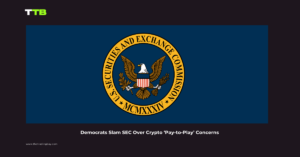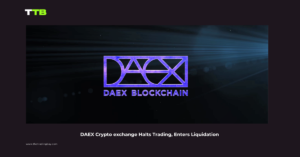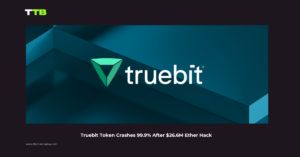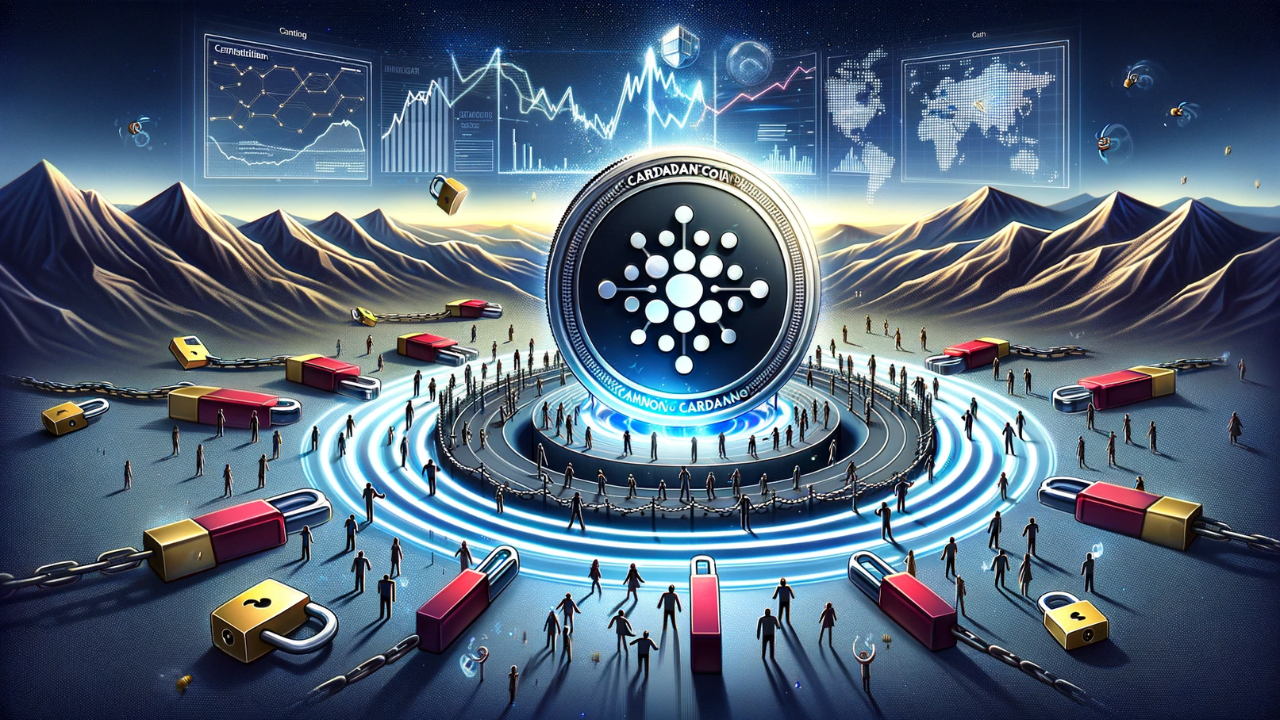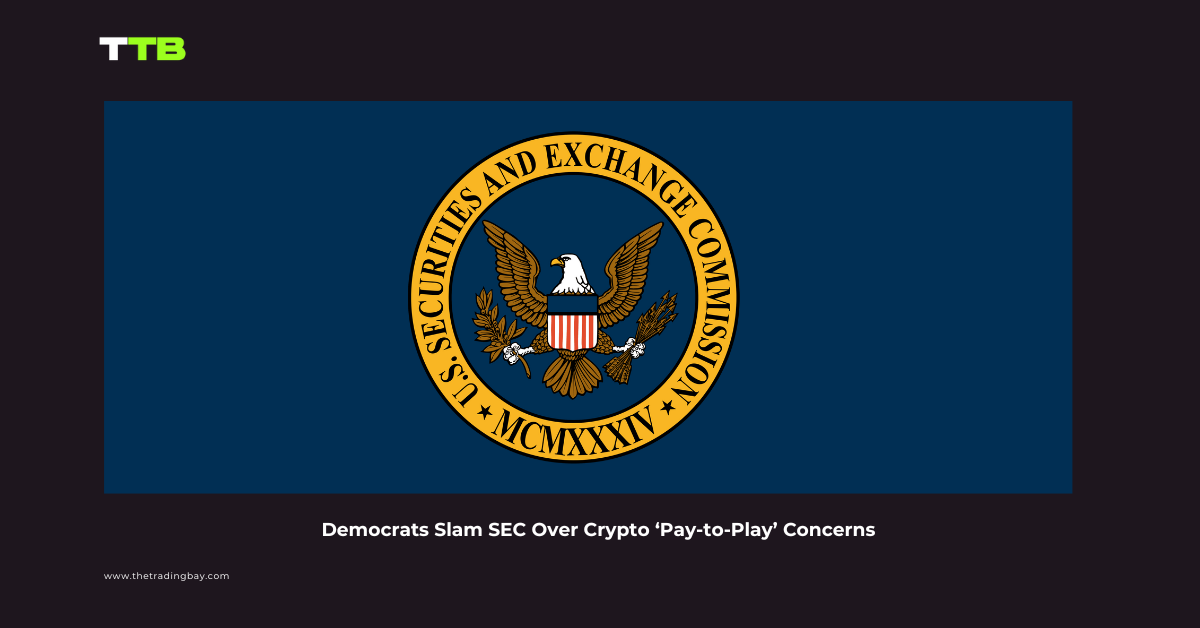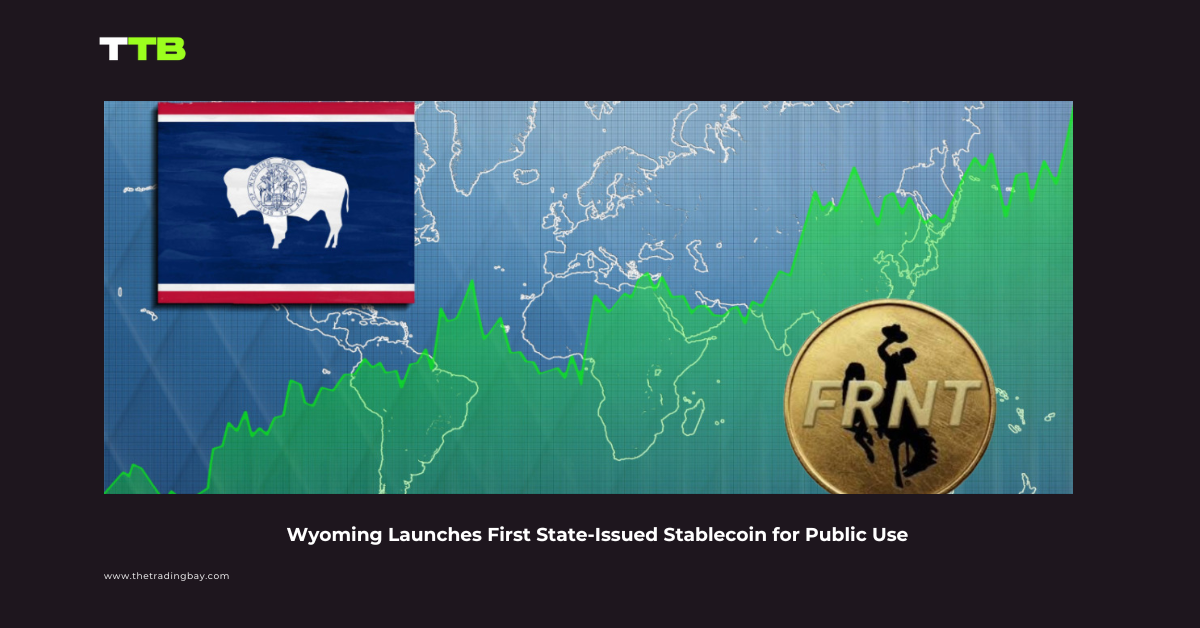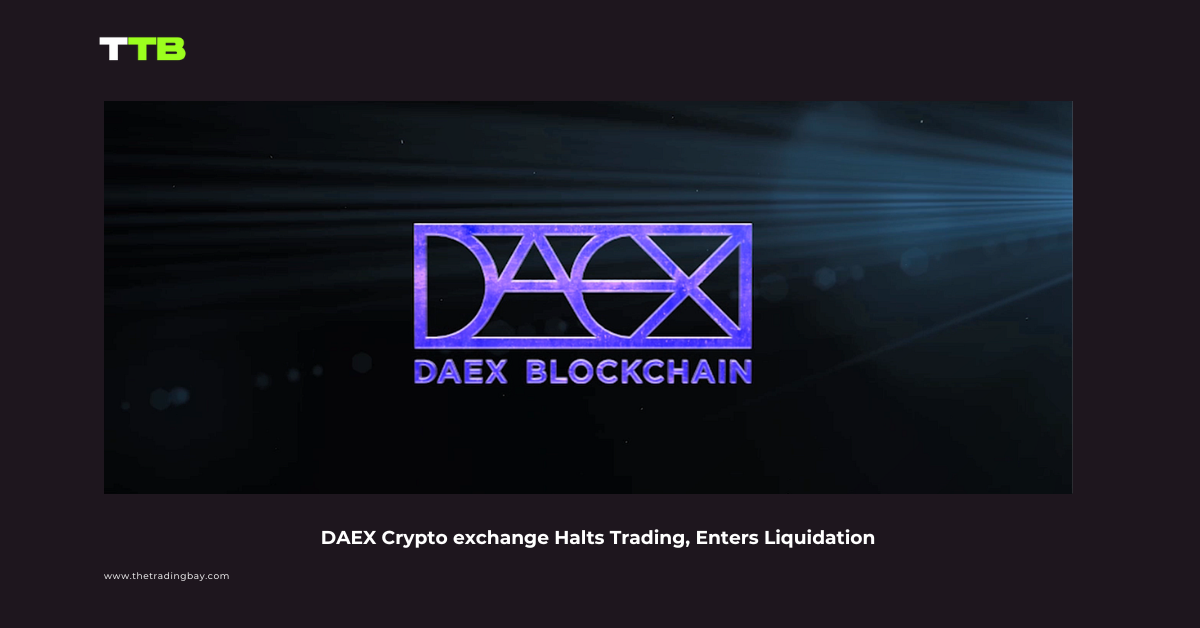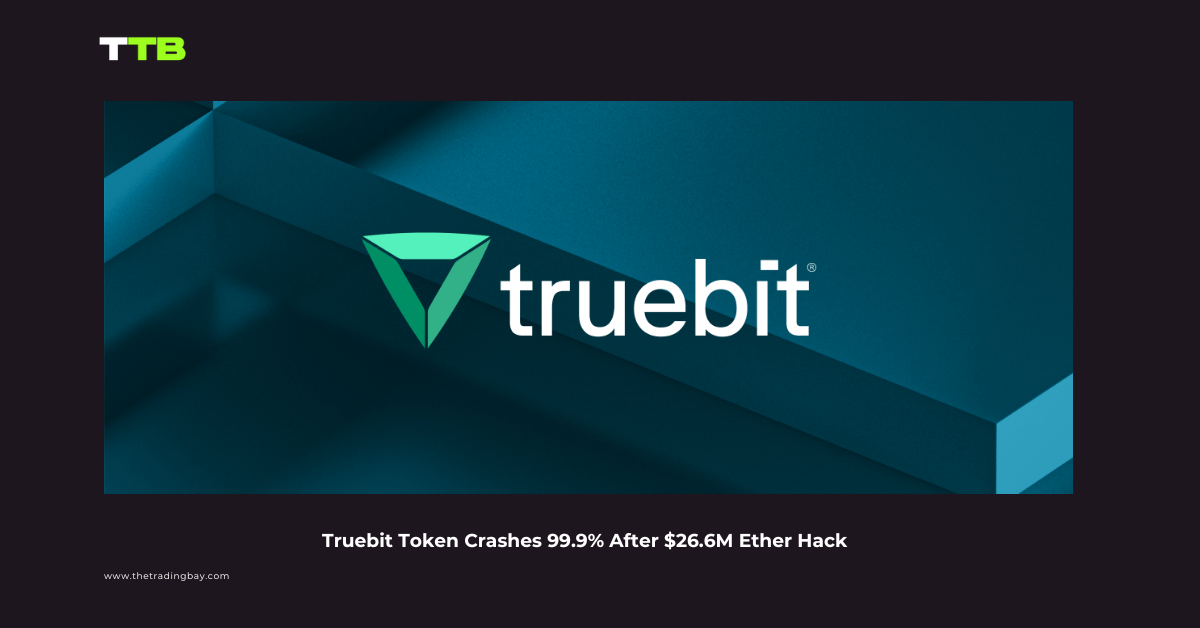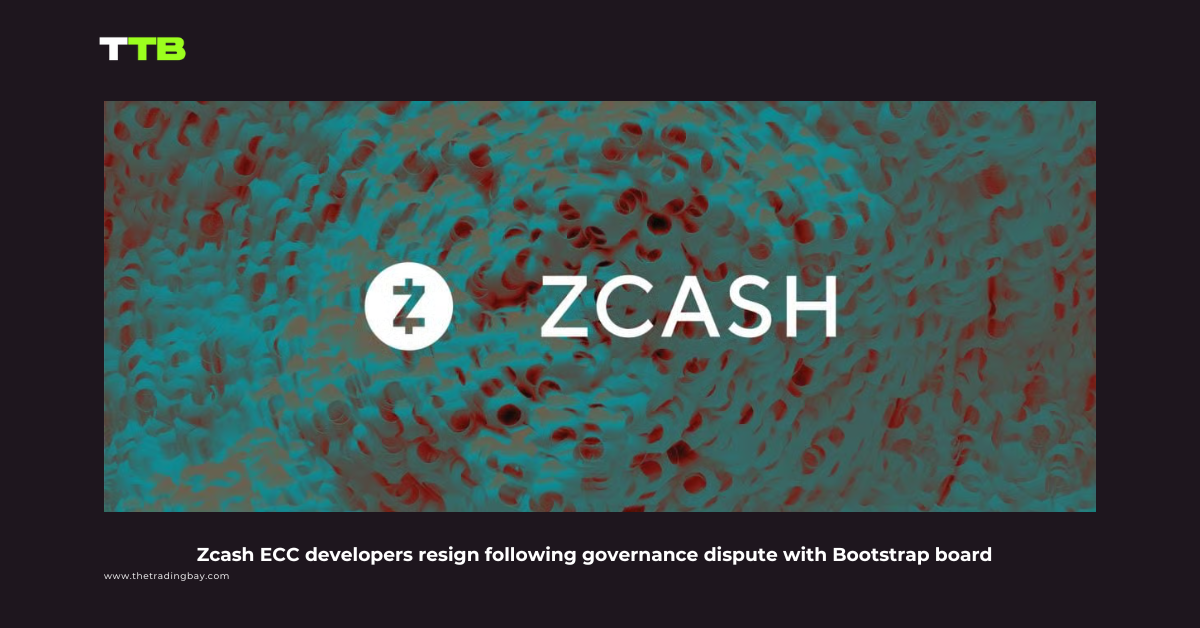Cardano’s founder Charles Hoskinson claims that the blockchain’s new Voltaire-era governance model prevents the centralization seen in Ethereum while steering clear of Bitcoin’s perceived “anarchy.” In an interview with Cointelegraph, Hoskinson criticized Ethereum’s governance, asserting that it is overly dependent on co-founder Vitalik Buterin for leadership and direction.
Governance Trilemma: Bitcoin’s Simplicity vs. Ethereum’s Centralization
Hoskinson argued that blockchain networks can either maintain a simple protocol, like Bitcoin, or rely on a central figure for decision-making, as seen in Ethereum. He believes that Cardano’s governance model solves this “governance trilemma” by balancing efficiency, effectiveness, and integrity through a decentralized system.
Cardano’s new model involves elected representatives and a member-based organization called Intersect, which works collaboratively to streamline complex governance decisions. This framework ensures that the protocol remains decentralized while maintaining a unified direction.
“If you have those three things, then you have a fair shot of avoiding the anarchy of Bitcoin or the dictatorship of Ethereum,” said Hoskinson.
Ethereum’s Centralized Governance and Vitalik Buterin’s Influence
When pressed about his comparison of Ethereum to a “dictatorship,” Hoskinson emphasized that Buterin’s vision is central to Ethereum’s roadmap, and much of the ecosystem looks to him for leadership and decision-making. Hoskinson highlighted that Buterin’s advocacy for Layer-2 solutions and rollups shifted Ethereum’s scalability strategy away from sharding.
“Where does this idea of embracing Layer-2s or rollups come from? Was it some random Ethereum engineer, or was it Vitalik Buterin?” Hoskinson asked.
Despite Buterin’s influence, Ethereum’s governance involves both on-chain and off-chain mechanisms, including community and stakeholder input through Ethereum Improvement Protocols (EIPs). However, Hoskinson sees Cardano’s governance model as more sustainable, stating that Cardano will continue to innovate regardless of his involvement.
Cardano’s Future: Decentralized Innovation Beyond Its Founder
Cardano’s recent Chang hard fork, implemented in September, turned ADA into a governance token, enabling holders to vote on development proposals and elect representatives. The founding entities—Cardano Foundation, IOHK, and Emurgo—can no longer initiate forks or upgrades on their own.
Hoskinson emphasized that the new governance model, supported by Intersect and delegate representatives, ensures a decentralized, collaborative system that can function without the founder’s active involvement. Cardano is also working on finalizing its constitution, which will establish core principles like supply limits and governance rules.
This decentralized structure sets Cardano apart from Ethereum’s reliance on a central figure, as it aims for long-term sustainability and consistent innovation.


